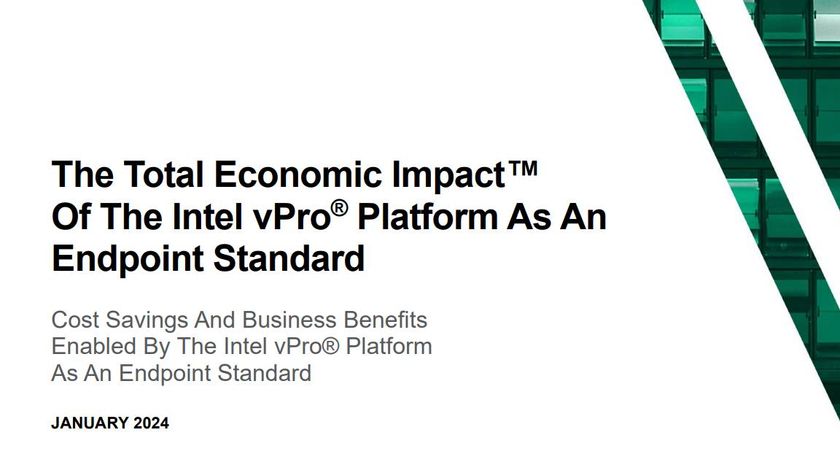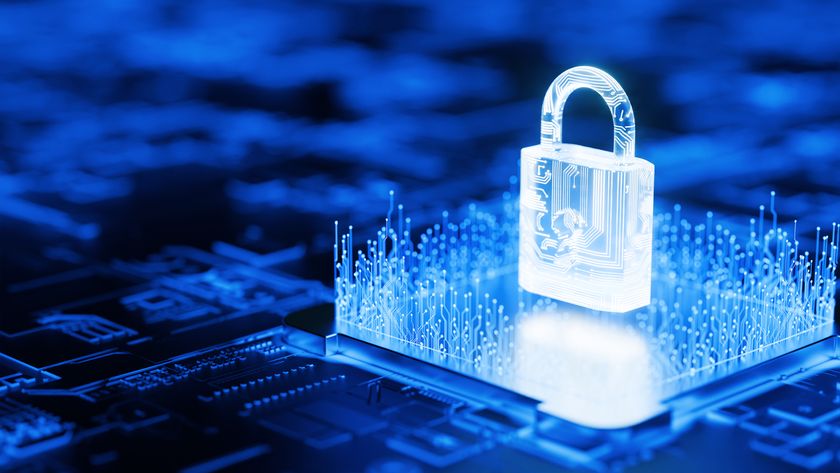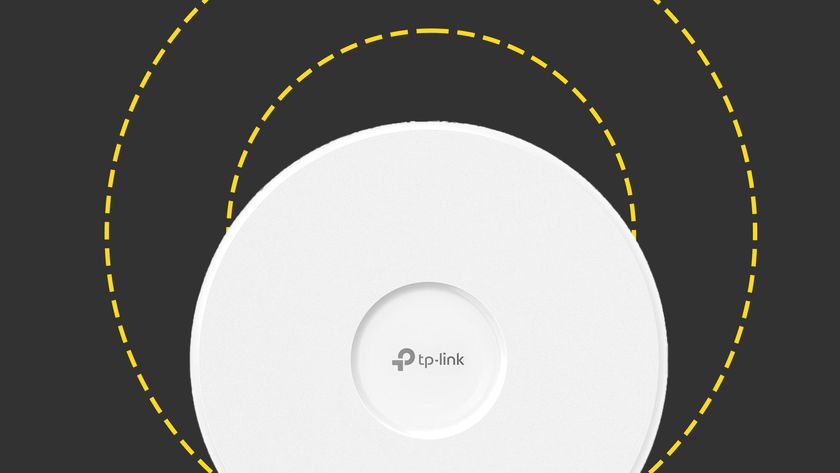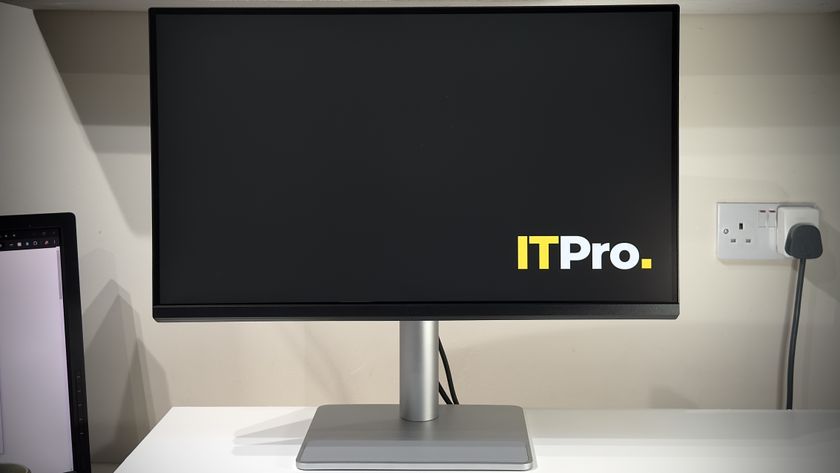Four fans at the front look after motherboard and hard disk cooling but, unlike the DL380 G7 or Dell's PowerEdge R710, they are not hot-swappable. They aren't so easy to remove either as all fans are mounted in a single tray and individually cabled to a narrow power board tucked down behind the drive bays.
A single expansion cage sits to one side and provides three PCI-E slots. However, don't be fooled by the three mounting points on the backplate as there are only two PCI-E slots behind it. The third slot is located much further back inside the chassis and is only suitable for RAID cards that are internally cabled to the drive backplane.
The x3620 has two embedded Gigabit Ethernet ports but, unlike the x3650, doesn't support IBM's optional dual-port Gigabit daughtercard. Four embedded ports are now a standard feature on nearly all 2U rack servers and are included on HP's DL380 G7, Dell's R710 and even Gateway's budget priced GR380 F1.
The review system came with two 675W hot-plug power supplies, but 460W power supplies are also available. The x3620 proved to be easy on the utility bill as we measured the review system pulling only 135W with Windows Server 2008 R2 in idle. With SiSoft Sandra pounding the pair of 2.27GHz E5507 Xeons this rose to only 214W. We compared this with a PowerEdge R710 equipped with a pair of 2.27GHz E5520 Xeons, 12GB of memory and four hard disks. In idle it drew 150W and peaked under heavy load at 270W.
Dave is an IT consultant and freelance journalist specialising in hands-on reviews of computer networking products covering all market sectors from small businesses to enterprises. Founder of Binary Testing Ltd – the UK’s premier independent network testing laboratory - Dave has over 45 years of experience in the IT industry.
Dave has produced many thousands of in-depth business networking product reviews from his lab which have been reproduced globally. Writing for ITPro and its sister title, PC Pro, he covers all areas of business IT infrastructure, including servers, storage, network security, data protection, cloud, infrastructure and services.













